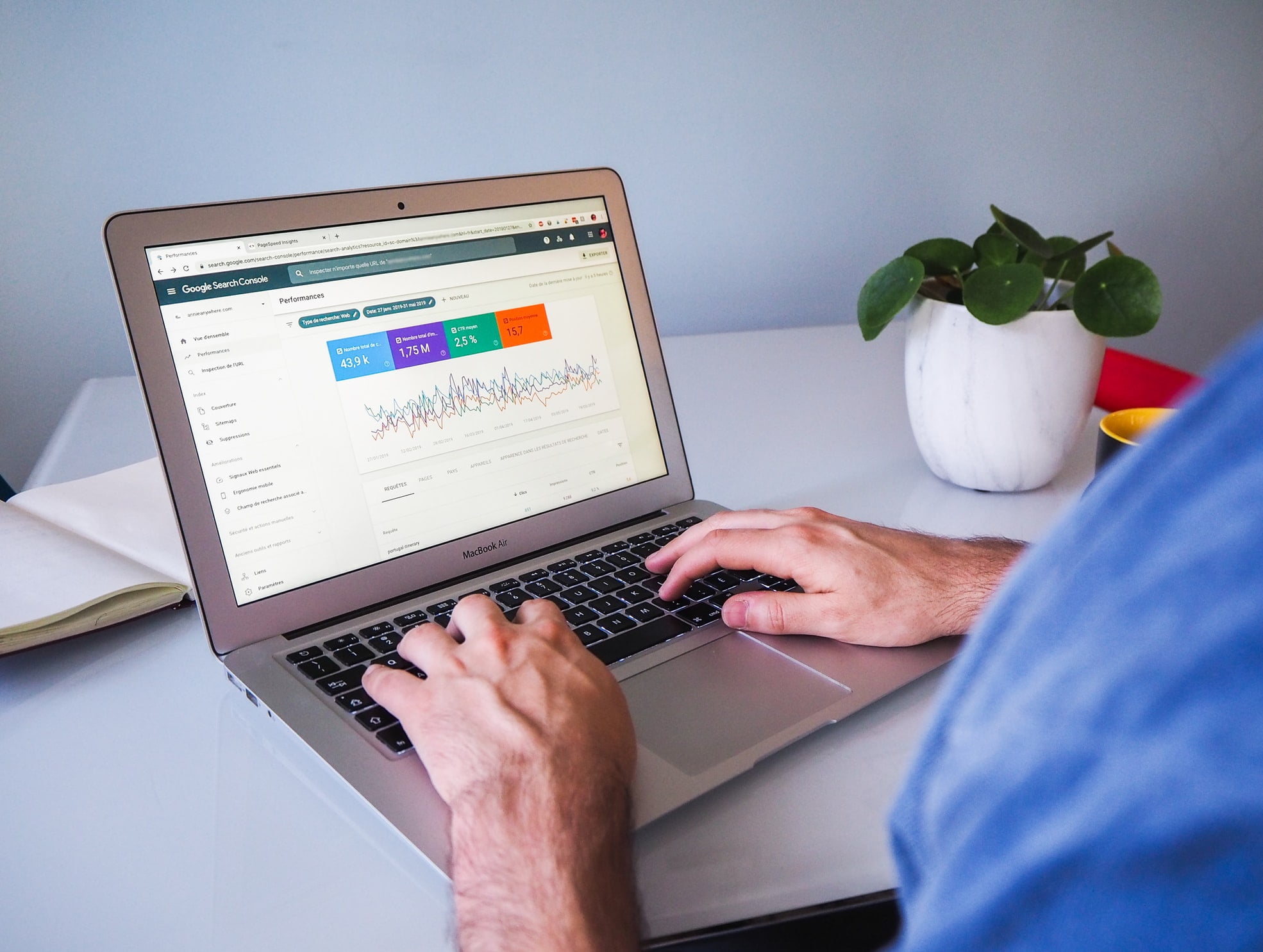Not All Social Media Posts Are the Same: Types of Posts for Every Platform

Having the same content across all social media platforms, you use sounds infinitely easier than posting different content for each of them. You might say that you don’t have enough time to plan what to post. You can argue that you’ve been posting the same thing for so long, so you don’t see why you should change. It’s hard to break a habit, especially when you’ve been accustomed to it, but you might want to change your mind when you notice a trend of being unfollowed. Keep your number of followers from dwindling by knowing the different types of content you should have for your social media posts.
Social Media Posts And How They Vary Across Different Platforms
What to Post on Facebook

You can find all types of content can be found on Facebook. Images, texts, links, you name it. However, what works best in terms of engagement are videos and live videos. Both of these reach more users and generate more engagement compared to posts with photos, links, or statuses. Remember to upload videos directly to Facebook instead of sharing Youtube links. These are more likely to be viewed and shared compared to the latter. Blog posts and curated content are the next best thing to post. Informative, attention-grabbing links do the trick, and looking for high-quality content to educate or entertain work effectively, too.
What to Post on Instagram

Instagram is the realm of aesthetics, digital graphics, memes, and even screenshots of Tweets. As a brand, you would have to make sure that you upload high-resolution photos. This may sound odd, but the best way to get found on Instagram is to “blend in to stand out,” according to Facebook Marketers. If you sell products, it is best to post product photos. Get creative with how you frame these photos by shooting in various locations. Also, following a behind-the-scenes kind of theme is a good choice. Pictures of how your product is made, the people who work in your business, or any events you hold or participate in would bring users to your profile. Customers appreciate it when they feel a sense of humanity in your posts, that you aren’t simply posting for the sake of it.
What to Post on Twitter
Twitter has evolved from its previous text-only format into what it is today. Now, you can include a link, video, photo, or GIF in your tweets. Generally, Twitter users use the platform to stay updated on the news, breaking or otherwise. Also, Twitter is mainly interaction-based. Accounts that interact with their followers often become popular depending on how the interaction goes. Take Wendy’s, an American fast-food chain, for example.
everybody says yellow Wendy's
but nobody says hello Wendy's https://t.co/tiJSMStZVO— Wendy's (@Wendys) April 14, 2021
Using memes, GIFs, and clever responses would help you gain and maintain your follower count. Memes spring from this platform as well, and it has a feature that monitors Trends. Tweeting about either of these things gives your account wider reach, provided that they are related and relevant to what your account is about.
What to Post on LinkedIn

Unlike the first three examples, LinkedIn is professional-oriented. Its users are mainly companies promoting themselves and career opportunities within them and people out for employment. The most suitable content to put out here would be job listings and career information. Remember that you are using LinkedIn to let potential hires learn more about your company. You may post content about your company’s working environment, culture, achievements, employee experiences, and open positions. To make sure that these posts have good engagement, include an image or a video in each post. Posts like these gain more attention and are likelier to be shared rather than posts without any multimedia content.
What to Post on Pinterest

Pinterest, much like Instagram, is a platform that relies on visuals. Unlike Instagram, however, Pinterest is focused on collecting ideas rather than aesthetics. Content-wise, educational, informational, instructional, and inspirational posts often garner the most pins. Pinterest works best for vertical images, so infographics are highly recommended. People go to Pinterest to look for ideas. For example, if you have a clothing store, you could try posting outfit ideas that include what you currently have in stock. Photo guides teach people something, such as a home workout or a DIY craft. If you are unsure of what to post, try searching for the topic you have in mind and benchmark on the posts you find there.
Each platform has a unique advantage. It is critical to understand how each of them works to leverage its features, helping you gain more reach, engagements, and followers. The content you create may have a similar theme across all platforms, but it should always be done with the platform in mind. Use your tools wisely and reap the benefits of a well-thought-out social media campaign!
Recommendations




Leave A Comment